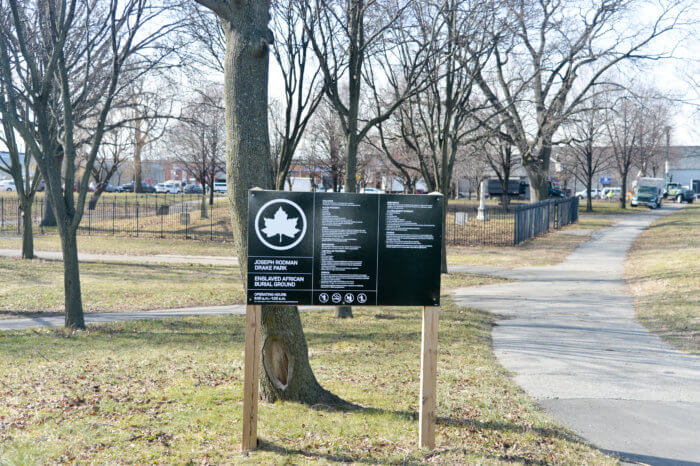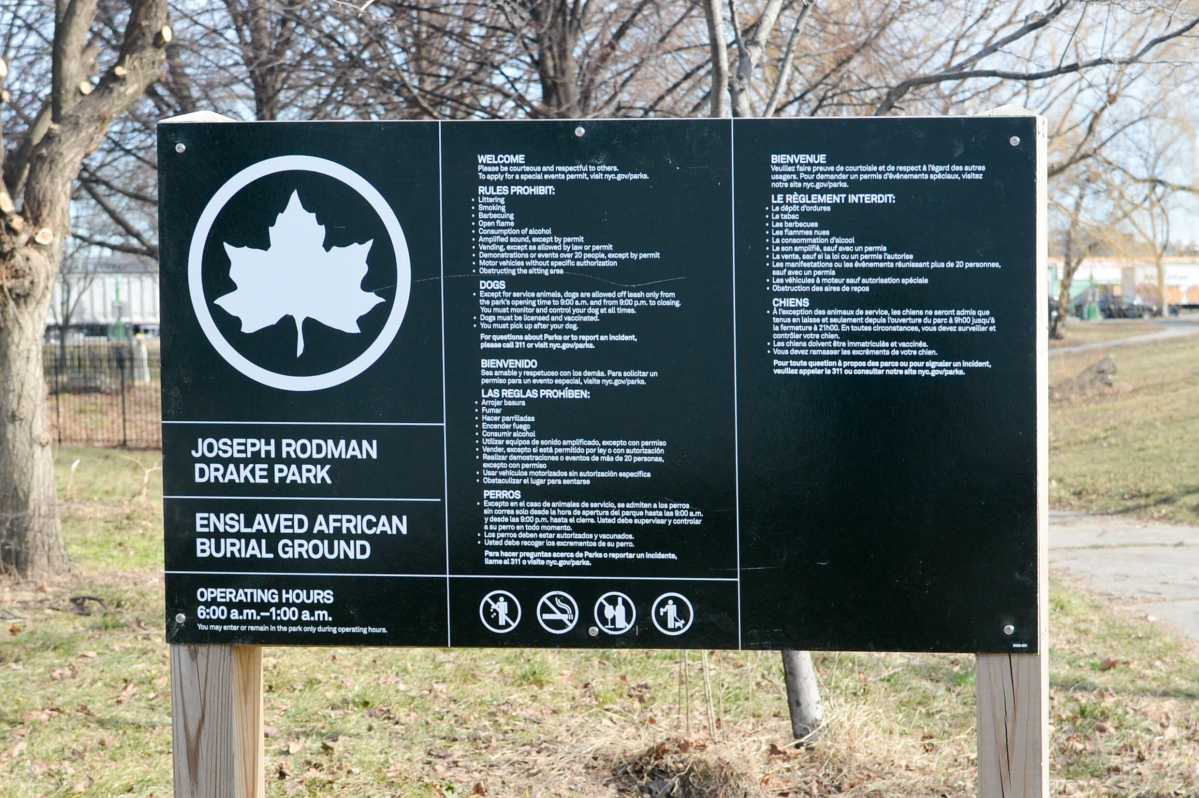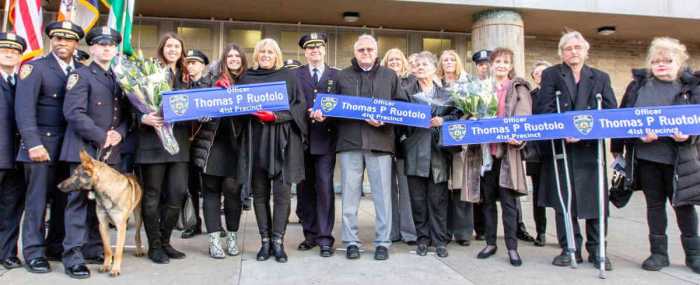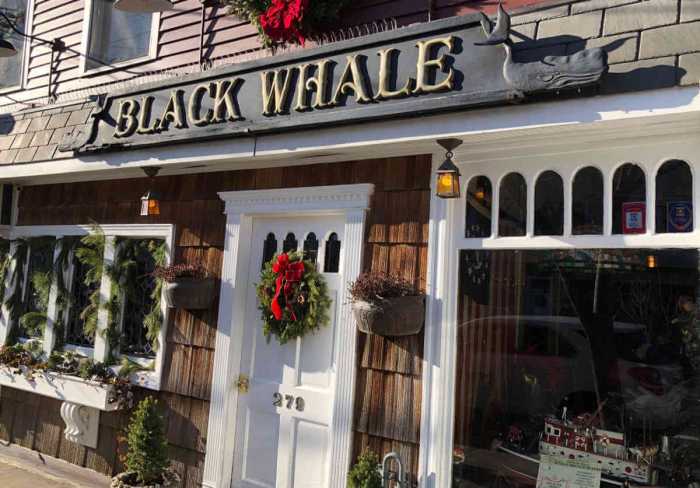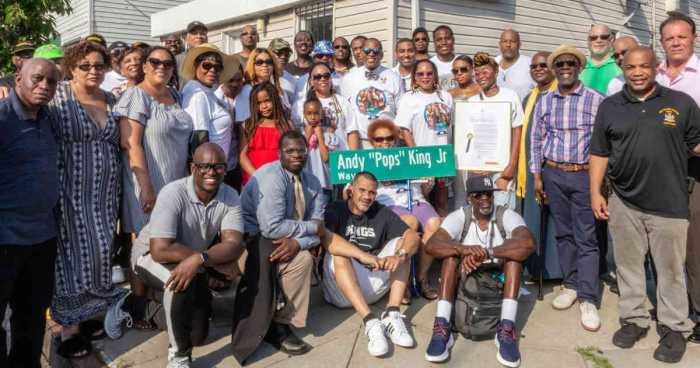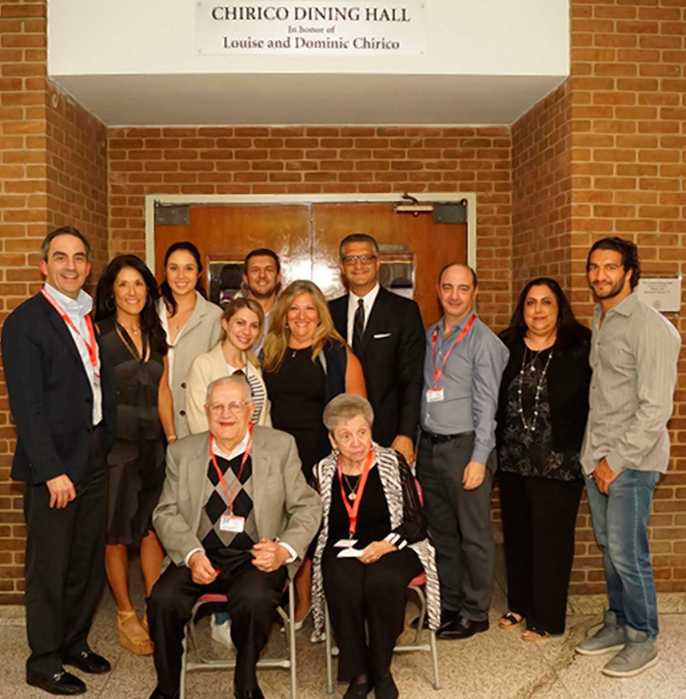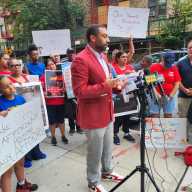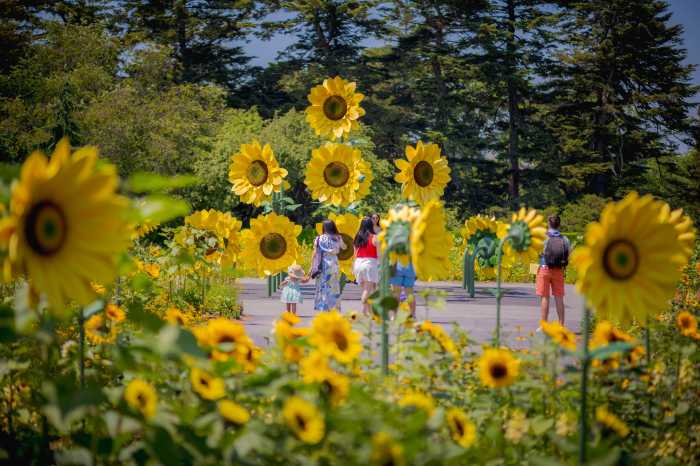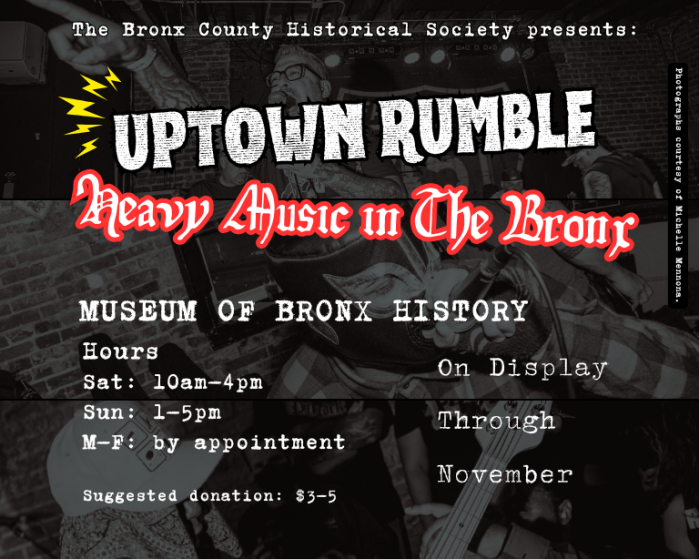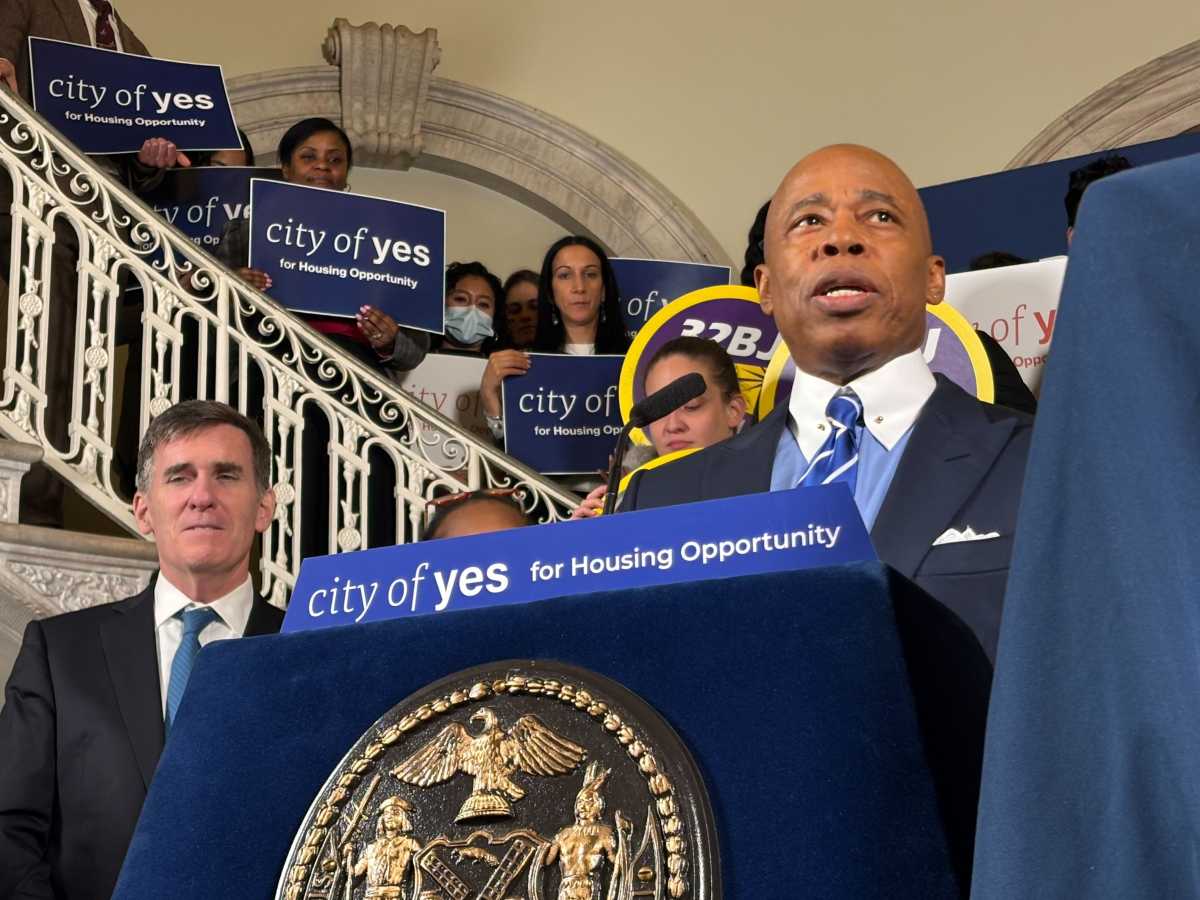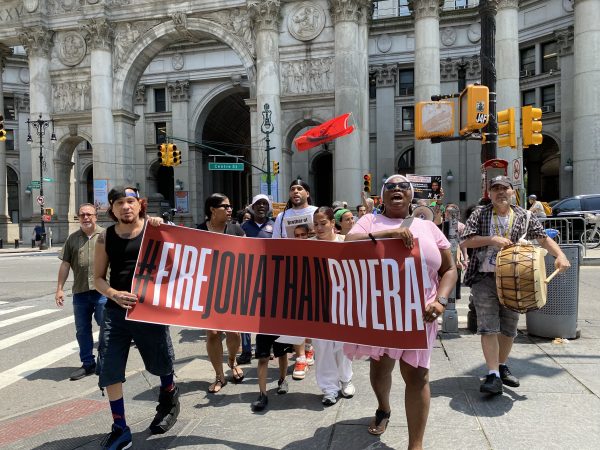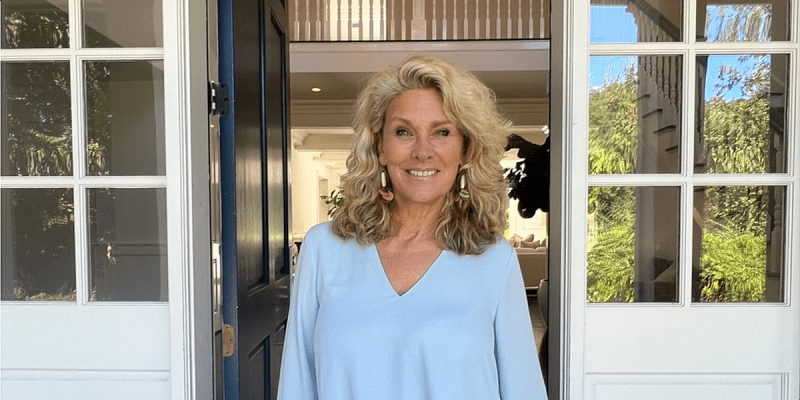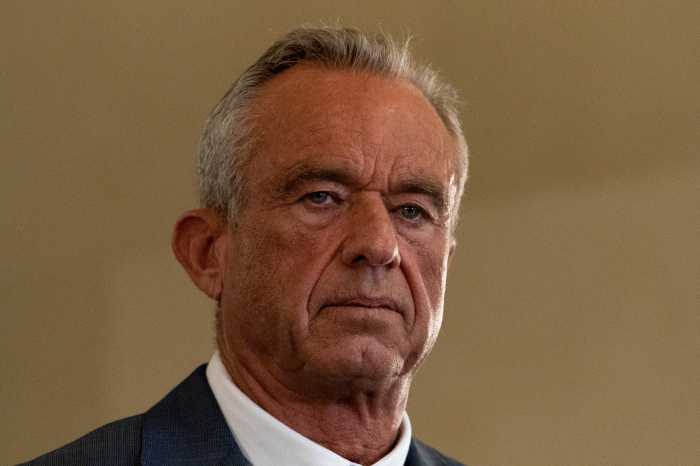A six-year effort to create a memorial for slaves at Drake Park in Hunts Point looks like it has finally happened.
On Monday, NYC Parks completed the installation of four new park signs at Joseph Rodman Drake Park in Hunts Point to further honor the enslaved African burial ground within the park.
The new signs now include the words “Enslaved African Burial Grounds,” in addition to the park name.
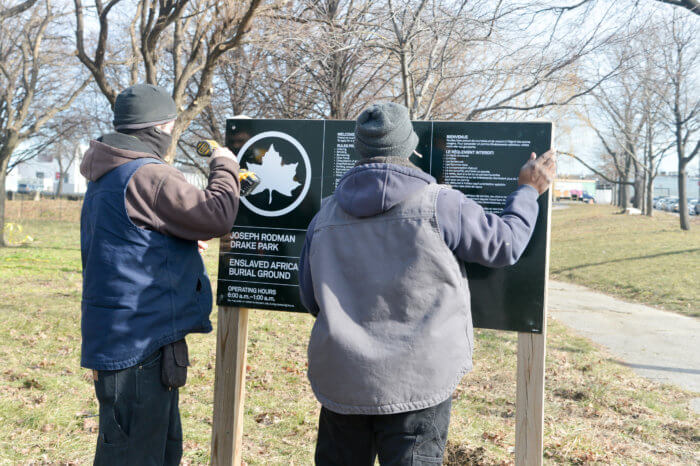
“Thanks to input and support from the community, I am proud to have added these new park signs to Drake Park as we continue to show our commitment to honoring the history of our parkland here in the Bronx,” said Parks Bronx Borough Commissioner Iris Rodriguez-Rosa. “It is my hope that these new signs, which further honors the enslaved Africans buried in the park, will spur reflection, remembrance, and a pursuit for greater knowledge and understanding for all who visit the park in the future.”
In 2014 teachers and students from P.S. 48 in Hunts Point determined an area that is now Joseph Rodman Drake Park was once an Indian and African slave burial ground based on a photograph from 1910.
However, there is no monument acknowledging the slaves buried in the park in an area outside the fenced-off grave. Drake Park currently contains a fenced-off cemetery that harkens back to a time when wealthy slave-owning families had mansions in Hunt’s Point.
According to the 1800 federal census, 44 enslaved Africans lived on the Hunts Point peninsula, with the last burial in the slave burial ground reportedly occurring in the 1840s. The slave burial ground was graded away and covered with dirt, gravel or asphalt sometime in the early years of the 20th century, succumbing to roadway construction and development prior to the park’s establishment. In 2013, a local history education project conducted with school children at nearby P.S. 48 unearthed much of this forgotten historical chapter.
The Enslaved African Burial Ground is also honored within the park on the park’s historical sign.
